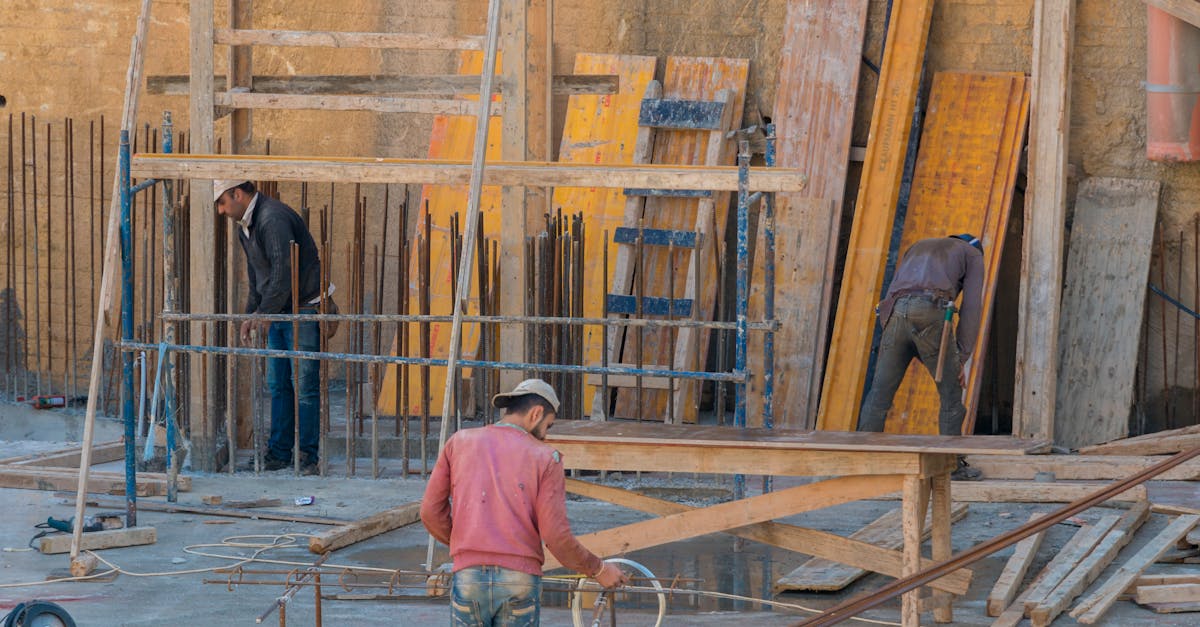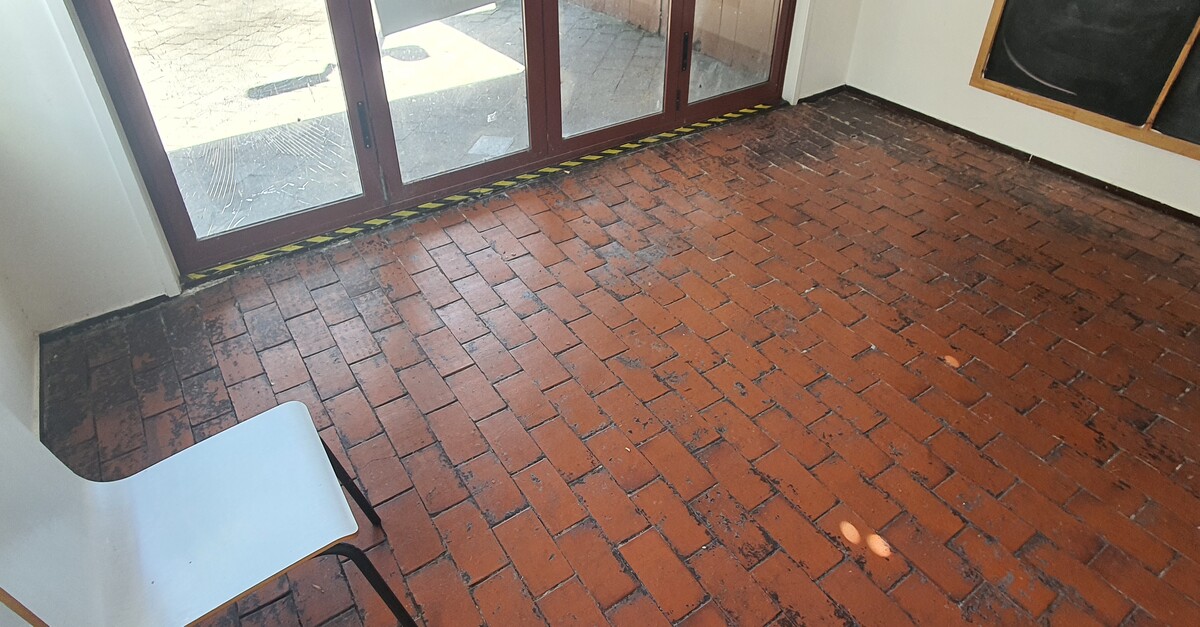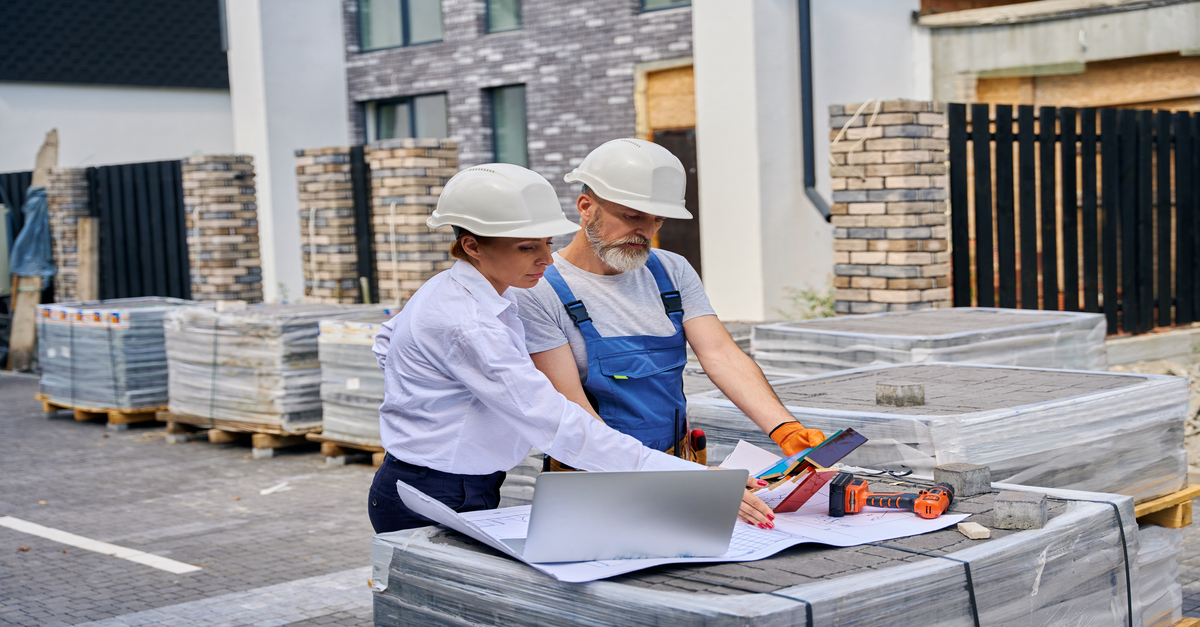
Tile Replacement
AV Tiling Waikato offers professional tile replacement services for both residential and commercial properties in Waikato. Our team of experienced tile contractors specializes in removing old, damaged tiles and installing new ones with precision and care. Whether you're looking to refresh your bathroom, kitchen, or any other tiled area, we have the expertise to handle the job efficiently and effectively. We use high-quality materials and tools to ensure a seamless finish that will last for years to come. Trust AV Tiling Waikato for all your tile replacement needs.
Grouting and Finishing
To achieve a polished and complete finish when replacing tiles, the grouting and finishing stage is crucial. After placing the new tiles securely in position, the next step involves applying grout to the spaces between them. Grout helps to fill in any gaps, providing a seamless look while also enhancing the durability of the tiled surface. When applying grout, it's important to ensure that it is spread evenly and pressed firmly into the joints using a grout float. This ensures a strong bond and helps prevent any future issues such as cracking or crumbling.
Once the grout has been applied, excess grout should be carefully removed using a damp sponge. This not only cleans the tiles but also helps to smooth out the grout lines for a professional finish. Paying attention to detail during this stage can make a significant difference in the final appearance of the tiled surface. After the grout has dried and set, a final inspection should be carried out to check for any remaining residue or imperfections. This attention to detail ensures that the tile replacement job is completed to a high standard, leaving a durable and visually pleasing result.
Applying Grout and Finishing Touches
To ensure a professional finish, applying grout and finishing touches is a crucial step in the tile replacement process. Grouting not only enhances the aesthetics of the tiled surface but also provides stability and durability. It is essential to carefully mix the grout according to the manufacturer's instructions, applying it evenly to fill the gaps between the tiles. Once the grout is in place, use a damp sponge to wipe away excess grout and achieve a clean, polished look. Paying attention to detail during this phase is key to achieving a seamless and visually appealing result.
After the grout has dried, the finishing touches complete the tile replacement project. This stage includes sealing the grout to protect it from moisture and stains, as well as applying any necessary touch-up paint or caulking around the edges for a polished look. Take the time to inspect the entire tiled area for any imperfections or areas that may need additional attention. By properly finishing the project, you not only ensure the longevity of the tiles but also elevate the overall appearance of the space.
Safety Measures
Safety measures are of paramount importance when it comes to tile replacement. It is essential to always wear the appropriate safety gear, such as eye protection and gloves, to prevent any injuries during the replacement process. Additionally, following proper procedures and using the correct tools, such as a craft knife and mortar mixer, can help ensure a safe working environment.
Another crucial safety measure is to inspect the work area before starting the replacement process. Make sure that the floor is stable and can bear the weight of the workers and equipment. It's also imperative to follow safety guidelines when using power tools, such as wearing a dust mask and ear protection when using a grinding machine. By prioritising safety at every step of the tile replacement process, accidents can be prevented and the job can be completed efficiently and effectively.
Importance of Safety Gear and Procedures
Before starting any tile replacement project, it is crucial to prioritize safety by wearing the necessary protective gear. This includes gloves to protect hands from sharp edges, sturdy footwear to prevent injuries from dropped tools or tile pieces, and most importantly, protective eyewear to shield the eyes from flying debris. Such gear not only safeguards against physical harm but also enhances focus and confidence during the task.
In addition to wearing safety gear, following proper procedures is vital to ensuring a successful tile replacement job. Before beginning, it is essential to thoroughly read and understand the product instructions and any relevant safety guidelines. Taking time to prepare the work area by removing obstacles and ensuring proper lighting can also contribute to a smoother and safer tile replacement process. By adhering to these safety measures and procedures, not only can the risk of accidents be minimised, but the overall quality of work can be greatly improved, leading to increased customer satisfaction.
Common Mistakes to Avoid
One common mistake to avoid during the tile replacement process is failing to properly prepare the surface before installation. Ensuring that the area is clean, level, and free of debris is crucial for the tiles to adhere properly and maintain longevity. Neglecting this step can lead to tiles coming loose or cracking over time, resulting in the need for further repairs.
Another mistake to steer clear of is neglecting to use the correct adhesive for the specific type of tile being installed. Using the wrong adhesive, such as not using waterproof adhesive in areas prone to moisture like bathrooms or kitchens, can result in tiles popping off or becoming damaged. It is essential to follow manufacturer recommendations and choose the appropriate adhesive to ensure a secure and lasting installation.
Preventing Errors During Tile Replacement Process
Preventing errors during the tile replacement process is crucial to ensure a successful and long-lasting outcome. One common mistake to avoid is failing to properly prepare the surface before laying down new tiles. It is essential to remove any old adhesive or grout thoroughly and ensure the area is clean and level. Additionally, not using the correct type or amount of adhesive can lead to tiles not adhering properly, resulting in loose or uneven tiles over time.
Another error to prevent is not allowing enough time for the adhesive to dry before grouting. Rushing this step can cause the tiles to shift, leading to misaligned grout lines and a messy finish. It is vital to follow the manufacturer's instructions on drying times to ensure a strong bond between the tiles and the surface. Lastly, overlooking the importance of properly sealing the grout can result in water seeping through and causing damage to the tiles and the underlying surface. Taking the time to seal the grout properly can help prolong the life of the tiles and maintain their appearance.
FAQS
How often should I replace tiles in my home?
The frequency of tile replacement depends on factors such as wear and tear, damage, and personal preference. It is recommended to inspect your tiles regularly and replace them as needed.
Can I replace a single tile or do I need to replace the entire floor/wall?
In most cases, you can replace a single tile without having to replace the entire floor or wall. However, it is important to ensure that the replacement tile matches the existing tiles in terms of size, color, and style.
Is it necessary to hire a professional for tile replacement?
While hiring a professional for tile replacement can ensure a high-quality finish, it is possible to replace tiles yourself if you have the necessary tools, materials, and skills. It is important to follow proper procedures and safety measures to avoid mistakes.
How do I choose the right grout for my tiles?
When choosing grout for your tiles, consider factors such as tile material, color, and size. It is recommended to consult with a tile specialist or refer to the manufacturer's guidelines to select the most suitable grout for your project.
What are some common safety measures to keep in mind during tile replacement?
Some common safety measures to keep in mind during tile replacement include wearing appropriate safety gear such as goggles, gloves, and knee pads, ensuring proper ventilation in the work area, and following correct procedures to prevent accidents and injuries.

